


On May 31st, the American Girl Doll Company of Middleton, Wisconsin, will introduce a new character doll, Rebecca Rubin, the company's first historical Jewish character. There was an article about her last week in the New York Times.
Rebecca has been vetted by Abraham Foxman, the director of the Anti-Defamation League, who read and approved of the first of six books about her. A 9-year-old girl living on the Lower East Side of New York City in 1914, Rebecca has Russian-Jewish immigrant parents, siblings and a grandmother known as Bubbie.
She joins an Hispanic doll, Josefina (who lives in New Mexico in 1824); a Nez Percé girl, Kaya (from 1764); and an African-American girl, Addy (from 1864), as well as other characters representing various ethnicities and time periods. American Girl historical dolls all have analogous objects: a bed, a wardrobe, a birthday outfit, a special necklace, a handbag, some kind of food, cooking utensils.
I've always been fascinated by these historical dolls, not least by the idea of girls (presumably) playing with them across these time frames. What happens if someone with a Kit doll (who now has loads of cool canning gear, from the 30s) gets together with someone with an Addy doll (born into slavery) or a Kirsten doll, from 1854 Norway? Then throw child-of-divorce Julie into the mix, from San Francisco in 1974, with her crinkle-gauze peasant blouse, bell bottom jeans, beaded belt, and long blond hair with single side braid. The result is a kind of wild post-modernist time-warping, in which historical accuracy falls away to the necessary play of error and imagination.
American Girl spent several years researching possible components of Rebecca's background, her appearance, and the likely details of her life if she were an actual child of that time period, living in a tenement house in New York City.
While the company acknowledges that Jewish immigrants had an impact on the labor movement, I suppose it's too much to wish that they'd made her a child raised not in the tenements but in the Coops – the cooperative housing colony in the Bronx built by Jewish garment workers (many of them Communist) in the 2os, mentioned here yesterday in connection with the film "At Home in Utopia." I found another post about the film over at the Bronx Bohemian, too.
























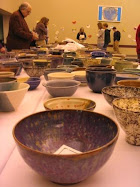



















































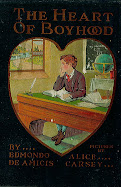





















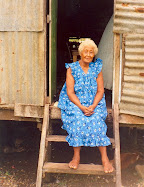




































.jpg)





















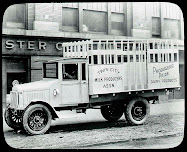




















































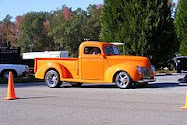














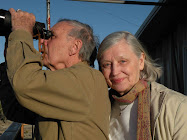
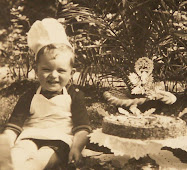














































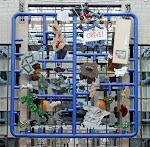.jpg)








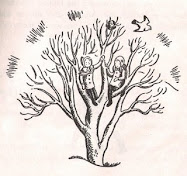







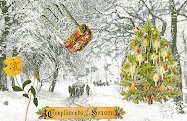



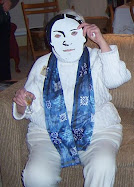
















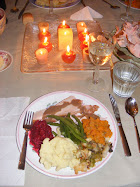




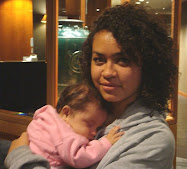






























































No comments:
Post a Comment